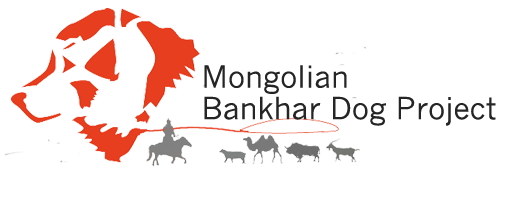Approximately ten to twelve thousand families move from the countryside to the city of Ulaanbaatar every year. These people leave the traditional herding lifestyle for a number of reasons – often to find a more modern livelihood that is not directly threatened by changing climate. Many find that the city has little to offer other than noise and pollution.
Even though the population of Mongolia has risen to 3 million in the last century, Mongolia is still the least densely populated country in the world. The roughly 1.6 million people that remain in the countryside typically live as semi-nomadic herders. Their lifestyles strongly resemble those of their ancestors, from the dwellings they occupy, known as “gers,” to their style of dress. In the past, most Mongolian herders practiced “transhumance”, meaning that they would move their herd to new pastures depending on their herd’s needs. Today, many herders are semi-nomadic, meaning they move from one specific location to another specific location at the change of the seasons. This means that most families have a winter location and a summer location, and these locations don’t vary and typically remain the same for their entire lives.
There are several factors that have caused this change in migration behavior. One is the significant increase in population. The people have grown in number, but the pasture has not. Disputes over land have become common. Most people now only move their gers and their herds between two designated areas to avoid conflict. The move from pastoral herding to semi-nomadic herding isn’t the only change that Mongolian herders have experienced in the past century. Another factor influencing migration came from the Communist era of Mongolian history.
The number and type of species each herder typically owns has also changed. The “five snouts” or “five jewels” is a common expression in Mongolia, and it refers to the five domesticated animals that herders historically owned. These five are yaks, sheep, goats, horses and camels. In the past ten years, the prices of cashmere have motivated many herders to focus more on cashmere producing goats rather than the four other species. The prevalence of these goats may be contributing to the desertification of Mongolia and the great Central Asian steppe.
Another recent development attributed to climate change is the higher frequency of “dzuds” in recent years. A “dzud” is a severe winter with heavy snow, very low temperature, or heavy ice accumulation. Dzuds have been known to kill tens of millions of livestock. In 2010 over 20% of all livestock in Mongolia were lost. Herding families sometimes lose entire herds and are forced to depend on distant family for support or move to the city to attempt to find other work.








You must be logged in to post a comment.